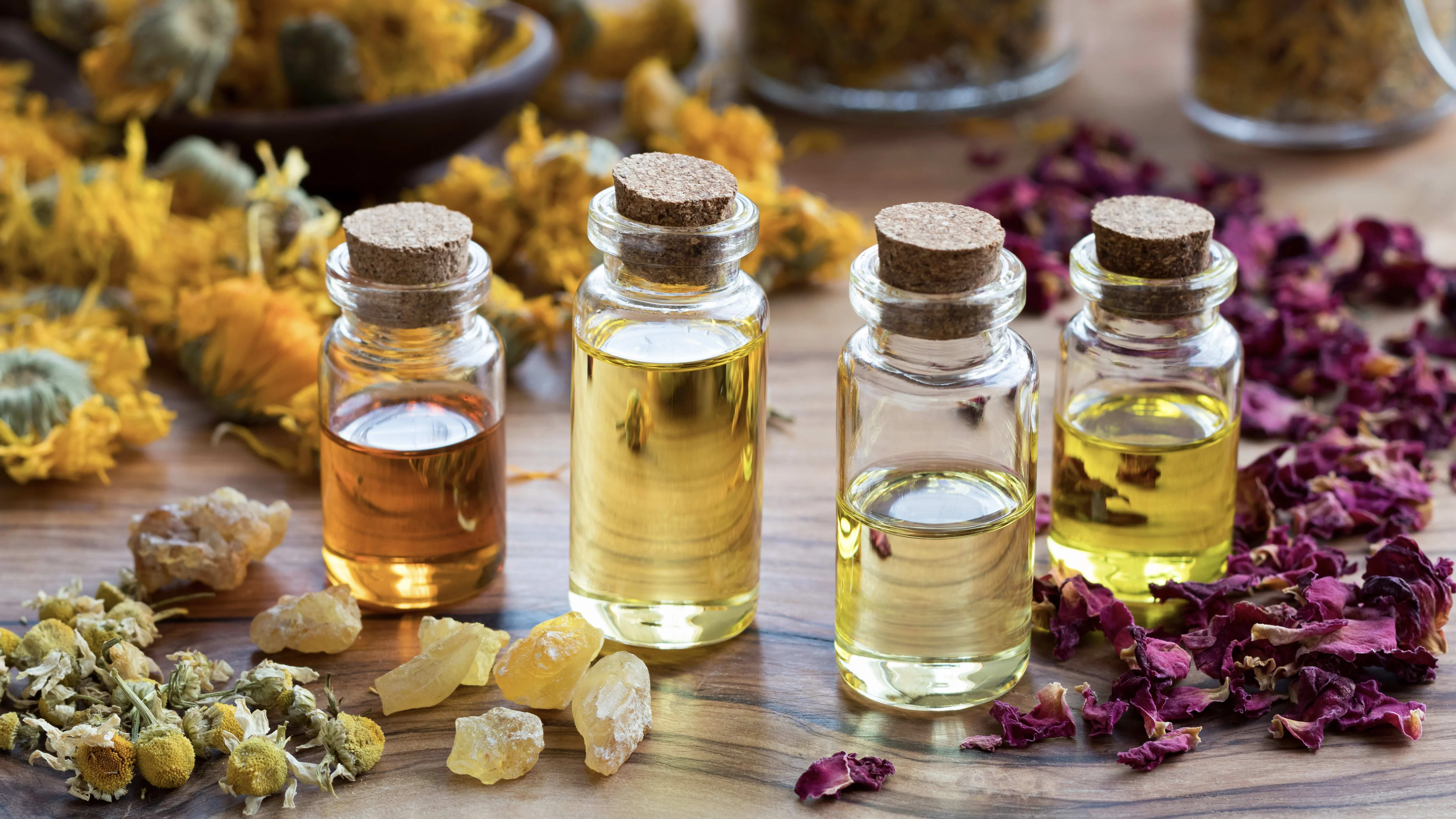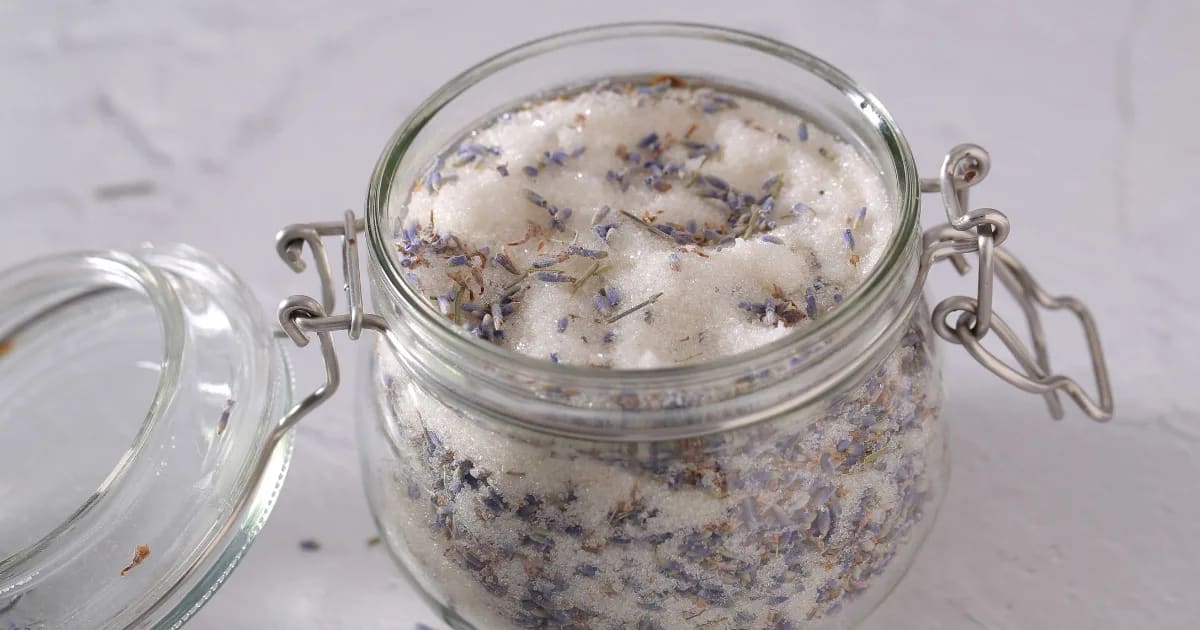Breathe Easy: Reduce Mucus & Calm Coughs with Angelica Root

Essential oils can boost immunity and calm symptoms
I rarely get sick, but this season, a cold found its way to my precious grandson—a lively toddler. Oh no! The little one unknowingly passed it along, and soon I was a sniffling, sneezing mess. So I turned to a few other precious jewels in my home—my treasured essential oil collection. Among them, Angelica Root became my sanctuary.
In this post, you’ll learn how essential oils help boost immunity and calm respiratory symptoms. There’s real science at work here! I’ll break it down in simple terms, explaining how the molecules in Angelica Root oil can clear mucus, reduce inflammation, and calm coughing.
I’ll also share a recipe that helped clear up my lingering cough.
Plenty of essential oils support respiratory health, but I chose to focus on Angelica Root. (Get a thorough overview of the oil here!) People have trusted this beautiful plant for health throughout history. During the Medieval and Renaissance eras, people were so impressed by its benefits that some thought it could ward off evil spirits!
As an RN, my approach is often grounded in science, and I'm here to explain how it works in an easily understandable way!!
Support Your Body’s Response to Sickness
Your body has an impressive response to sickness. For example, when you get a cold virus, your immune system recognizes a foreign invader. It sends out an army of white blood cells, including T-cells and B-cells, to destroy the virus.
You’ll also develop symptoms, like inflammation in your mucous membranes. That means you’re producing a lot more mucus in your nose and sinus cavity. When spasms come along, they cause coughing and sneezing. None of this is fun! But it’s your body’s way of flushing out the invaders, trying to heal itself.
Essential oils support your body’s natural process on two fronts: boosting your immune response and calming symptoms.
Let’s talk about a few specific molecules that can help:
α-Pinene: α-Pinene has been shown to inhibit the production of proteins and cells that lead to inflammation . . . especially in mucous membranes. (Learn more about how essential oils calm inflammation here.) That means the membranes in your nose and sinus cavity won’t produce as much mucus. α-Pinene also eases pain, relaxes spasms, and helps stop viruses and bacteria from entering your cells.
δ-3-Carene: This little molecule is a mucolytic, which means it helps your body break up and expel mucus, so you feel less congested. It’s especially helpful in the final stages of a cold or flu, when you’re no longer sneezing and sniffling all the time . . . but you have a lingering, chest-based cough that just won’t quit.
d-Limonene: d-Limonene can actually boost your body’s white blood cell production! That gives your immune system an infusion of support. d-Limonene also calms inflammation (by blocking the enzyme 5-LOX), prevents viruses and bacteria from entering your cells, and helps break up mucus.
All of these helpful molecules are present in Angelica Root oil (Angelica archangelica).
Do you ever feel tired and weak after a cold or flu? Your body has fought hard. It’s exhausted! Angelica Root oil supports your whole terrain—your body, emotions, and mind. It helps release the stagnant energy that makes you feel bogged down and brings your energy back into balance.
I leaned into that support while recovering from my own cold. I wanted Angelica Root’s relaxing, emotionally uplifting presence.
Blending Angelica Root for Specific Symptoms
Depending on the other symptoms you’re experiencing, you can blend Angelica Root with other oils.
Can’t stop coughing? Blend Angelica Root with Rosemary ct camphor (Salvia rosmarinus ct camphor) to relax those spasms. In studies, camphor has been shown to have antitussive effects, which means it helps calm coughs.
Lacking energy? Add a bit of Eucalyptus (Eucalyptus globulus) to your blend. The 1,8-cineole in Eucalyptus is famous for breaking up mucus and energizing the body and mind. It’s great for mental focus!
Can’t sleep? Combine Angelica Root with Lavender (Lavandula angustifolia). Lavender is rich in linalool, one of the most well-researched essential oil molecules. It’s wonderful for relaxation and calming inflammation.
Do you have a fever? Angelica Root oil is gently warming, so I’d avoid blending it with other warm oils. Try Lavender (Lavandula angustifolia), which has a neutral temperature, or Peppermint (Mentha × piperita). The menthol in Peppermint will help you cool down while also breaking up mucus.
Do you see how you can pick and choose your oils to customize a therapeutic blend? It’s all about getting familiar with the molecules.
Here’s a recipe to calm a lingering cough!

This inhaler gets those healing molecules into your respiratory system, and soothes the tickle in your throat that makes you want to cough.
Angelica Root and Rosemary ct camphor have strong, penetrating aromas. So I’m softening this blend up with a touch of Sweet Orange oil (Citrus sinensis). Sweet Orange contains over 90% d-limonene. It calms inflammation and supports your white blood cells.
Celestial Cough Calm Inhaler
10 drops Sweet Orange oil (Citrus sinensis)
4 drops Angelica Root oil (Angelica archangelica)
4 drops Rosemary ct camphor (Salvia rosmarinus ct camphor)
Directions
An aromatherapy inhaler looks like a lip balm tube. It consists of a plastic sleeve that holds a cotton (or polyester) wick. There’s also a little cap that stops the wick from falling out, and a lid—like the lid of a lipstick case—that slides over the entire inhaler.
To make your inhaler, make sure the “lipstick lid” is secure on the plastic sleeve. Then:
Drop the wick into the sleeve.
Drop your essential oils onto the wick.
Snap the cap into place.
You’re done!
Now open the lid, hold the inhaler up to your nose . . . and breathe.
Ah, relief!
Angelica Root Safety
Angelica Root is a phototoxic essential oil. That means that if you apply it to your skin (at a certain dilution), and then that skin is exposed to sunlight, you can experience reactions like burning, blistering, or discoloration. Read more about phototoxicity here.
So if you’re using Angelica Root for topical application, stay within a 0.8% dilution. That’s about 4 drops per 1 oz (30 ml) of carrier. I know, it’s a very small amount of essential oil. Fortunately, you don’t need many drops of Angelica Root to experience its benefits.
When you’re using it in a topical blend, make sure your other essential oils are not phototoxic. Blending two phototoxic essential oils together can compound the phototoxicity of your blend. And Angelica Root is so strongly phototoxic, that just a few drops can take your blend from safe into the danger zone.
Of course, if you’re using it in a diffuser or inhaler, you can use more drops.
My Takeaway
When I come down with a bug, I trust the innate wisdom of my body. I also trust essential oils, like Angelica Root, to support its natural processes. I find solace in using the oils to craft blends for specific symptoms—like fatigue, sleeplessness, or coughs—and I appreciate nature’s dance of science and artistry as it guides me back to health.
References
Astani A, Reichling J, Schnitzler P (2010) Comparative study on the antiviral activity of selected monoterpenes derived from essential oils. Phytotherapy Research, 24(5):673-9. doi: 10.1002/ptr.2955
Baylac, S. and Racine, P. (2003) Inhibition of 5-lipoxygenase by essential oils and other natural fragrant extracts. International Journal of Aromatherapy, 13, 2/3, 138-142.
Da Silva AC, Lopes PM, de Azevedo MM, Costa DC, Alviano CS, Alviano DS. (2012) Biological activities of a-pinene and ß-pinene enantiomers. Molecules, 2012 17, 6305–16.
Dorow, P., Weiss, T. H., Felix, R., & Schmutzler, H. (1987). [Effect of a secretolytic and a combination of pinene, limonene and cineole on mucociliary clearance in patients with chronic obstructive pulmonary disease]. Arzneimittel-Forschung, 37(12), 1378-1381.
Hamdan D, El-Readi MZ, Nibret E, et al. Chemical composition of the essential oils of two Citrus species and their biological activities. Pharmazie, 2010; 65(2):141-147.
Komori, T., Fujiwara, R., Tanida, M., Nomura, J., & Yokoyama, M. M. (1995). Effects of citrus fragrance on immune function and depressive states. Neuroimmunomodulation, 2(3), 174–180. https://doi.org/10.1159/000096889
Lang, G. and Buchbauer, G. (2012) A review on recent research results (2008-2010) on essential oils as antimicrobials and antifungals. A review. Flavour and Fragrance Journal, 27, 13-39.
Laude, E. A., Morice, A. H., & Grattan, T. J. (1994). The antitussive effects of menthol, camphor and cineole in conscious guinea-pigs. Pulmonary pharmacology, 7(3), 179-184.
Li, Q., Nakadai, A., Matsushima, H., Miyazaki, Y., Krensky, A. M., Kawada, T., & Morimoto, K. (2006). Phytoncides (wood essential oils) induce human natural killer cell activity. Immunopharmacology and immunotoxicology, 28(2), 319-333. https://doi.org/10.1080/08923970600809439
Mills, S.Y. (1991) The Essential Book of Herbal Medicine. Harmondsworth: Penguin Arkada.
Niccolini P, Pasotti V, Caliari W. (1964) New pharmacological properties of delta-3-carene. Antibacterial and expectorant effects. Bollettino Chimico Farmaceutico, 103, 598-608.
Ocete MA, Risco S, Zarzuelo A et al. (1989) Pharmacological activity of the essential oil of Bupleurum gibraltaricum: anti-inflammatory activity and effects on isolated rat uteri. Journal of Ethnopharmacology, 25, 305-313.
Raphael TJ, Kuttan G. (2003) Immunomodulatory activity of naturally occurring monoterpenes carvone, limonene, and perillic acid. Immunopharmacol Immunotoxicol, May; 25(2):285-94. doi: 10.1081/iph-120020476. PMID: 12784919.
Sadraei H, Asghari GR, Hajhashemi V et al. (2001) Spasmolytic activity of essential oil and various extracts of Ferula gummosa Boiss. on ileum contractions. Phytomedicine, 8, 370-376.
Salehi B, Upadhyay S, Erdogan Orhan I, et al. Therapeutic Potential of α- and β-Pinene: A Miracle Gift of Nature. Biomolecules, 2019; 9(11):738. Published 2019 Nov 14. doi:10.3390/biom9110738





